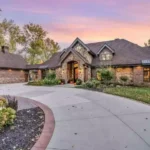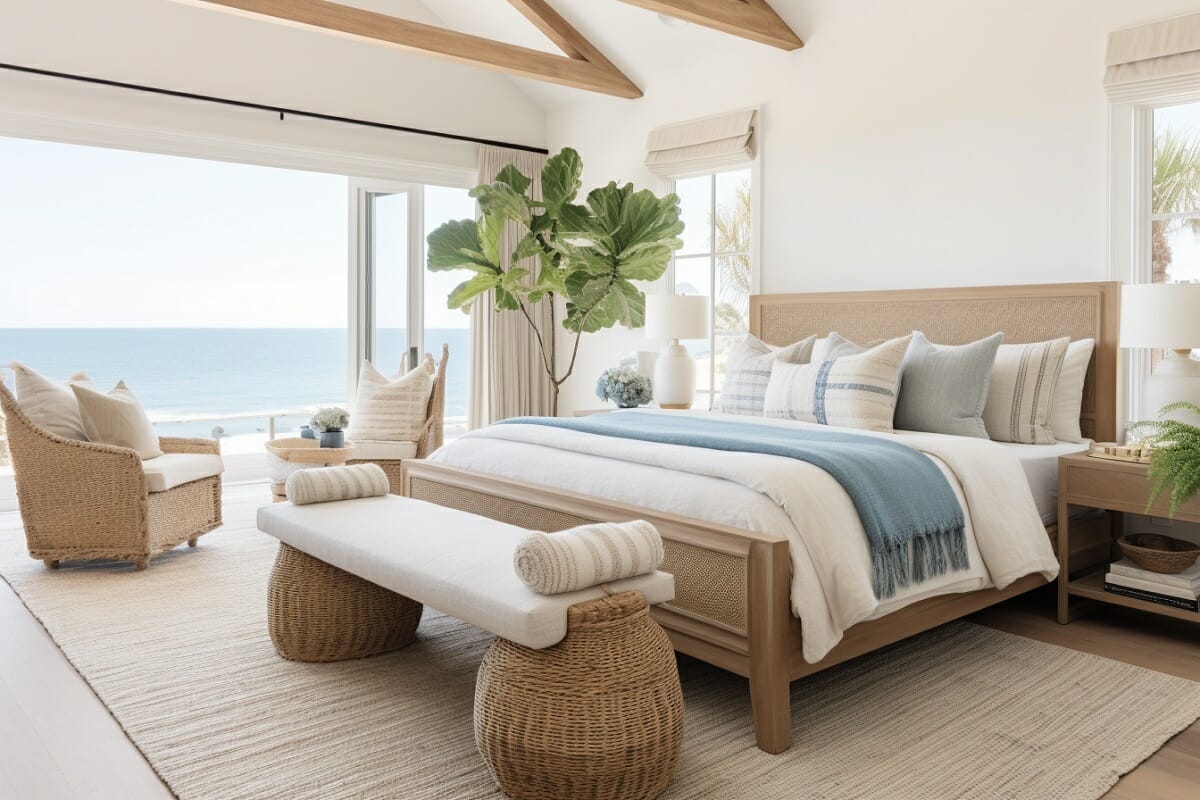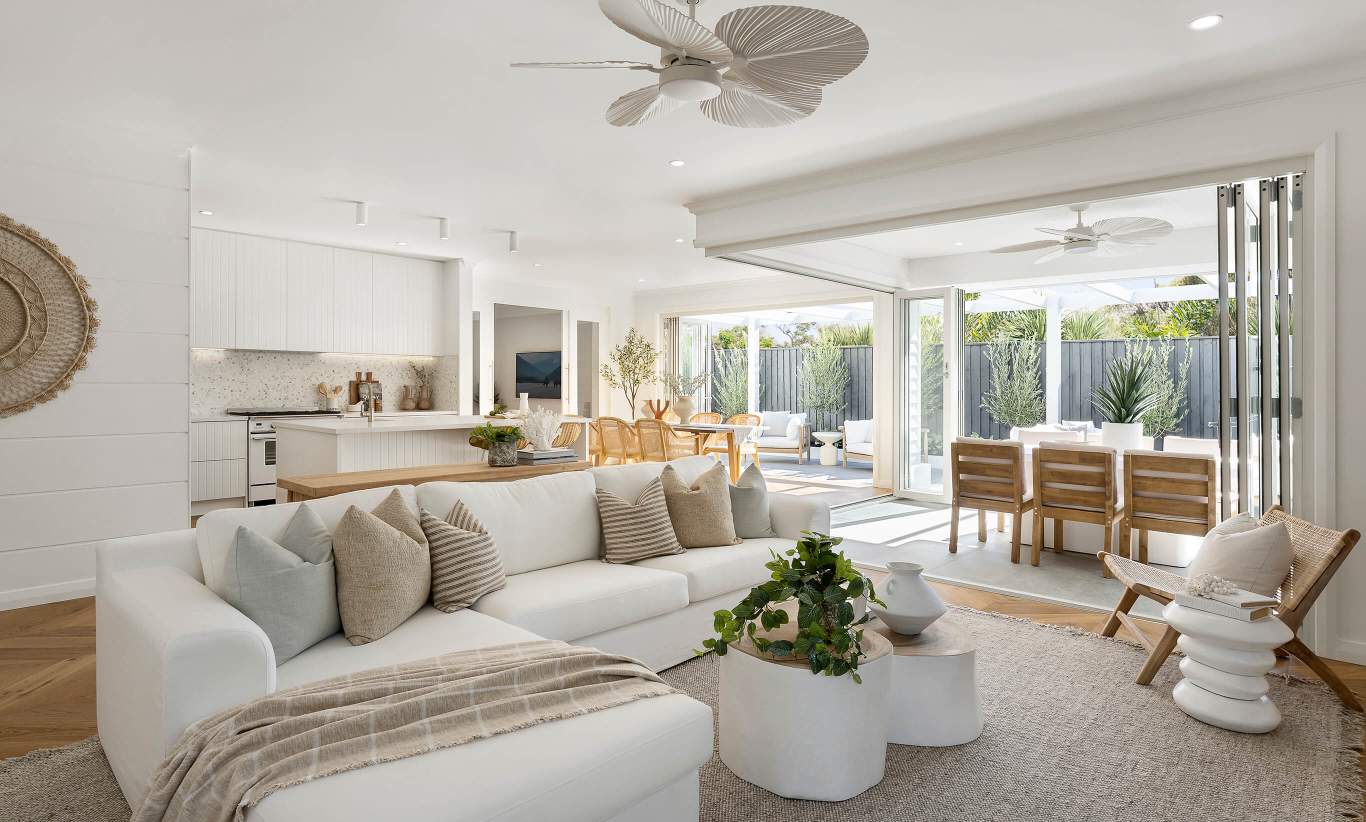It was mid-winter, and Megan was tired of her dull, poorly lit living room. The overhead light was too harsh, and the dim table lamps left dark corners in the room, making it feel unwelcoming. Looking for a solution, she stumbled upon LED lights during a home improvement video on YouTube. Intrigued, she researched more and found that LED strip lights, smart bulbs, and adjustable LED lamps could completely change the ambiance of her space. Megan’s living room was transformed a few days after installing her new LED lights. The lights brightened up every corner, and with a few clicks on her phone, she could change the color of the lights to fit her mood—warm, inviting hues for movie nights and energizing bright whites for workdays. What started as a simple lighting upgrade turned into a full transformation of her room’s atmosphere.
Just like Megan discovered, LED lights have revolutionized the way we light up our rooms. More than just a source of illumination, they are now a crucial element in modern interior design, offering versatility, energy efficiency, and customization options. This article will explore the various types of led lights for room their benefits, and how they have become an essential part of room design in homes worldwide.
The Rise of LED Lights: Why LED is the Go-To Lighting Solution
LED (Light Emitting Diode) technology has grown rapidly in the past decade. According to Statista, the global LED lighting market was valued at $82.1 billion in 2021 and is projected to grow to $160 billion by 2026 (Statista, 2022). This tremendous growth is driven by several factors, including energy efficiency, longer lifespans, and environmental benefits compared to traditional incandescent and fluorescent bulbs.
The U.S. Department of Energy reports that LEDs use at least 75% less energy than incandescent lighting and last up to 25 times longer (U.S. Department of Energy, 2023). This efficiency has made LEDs the preferred choice not just for homeowners but also for businesses and municipalities.
LED lights come in various forms, from smart bulbs and strip lights to decorative accent lighting, making them an incredibly versatile for any room. Whether it’s a living room, bedroom, kitchen, or office, LEDs can enhance the atmosphere, improve visibility, and even save money on energy bills in the long run.
Types of LED Lights for Rooms
One of the key reasons for the popularity of led lights for room is the wide variety of types available. Each type serves a different purpose, from creating mood lighting to providing focused task lighting. Here are the most common types of LED lights used in room design:
- LED Strip Lights
LED strip lights have become one of the most popular room lighting solutions, especially for younger generations. These flexible strips of LEDs can be easily adhered to walls, ceilings, or furniture, providing customizable lighting that can change colors and brightness. YouGov reports that 52% of Gen Z homeowners who completed a room renovation in 2022 included LED strip lights in their design (YouGov, 2023).
These lights are ideal for adding a modern, futuristic feel to any room. Many install LED strips under cabinets, behind TVs, or along baseboards to create a subtle glow. In addition to their decorative appeal, LED strips can serve functional purposes, like illuminating hard-to-see areas like closets or shelves.
- Smart LED Bulbs
Smart LED bulbs are another game-changer in the world of home lighting. These bulbs can be controlled remotely through smartphone apps or voice assistants like Amazon Alexa or Google Home, allowing users to change the color, brightness, or even set schedules for when the lights turn on and off. According to Statista, the smart lighting market was valued at $10.9 billion in 2021 and is projected to grow to $38.68 billion by 2028, driven largely by the adoption of smart bulbs and other smart home devices (Statista, 2022).
Smart LED bulbs offer endless customization options. You can switch from bright white lighting during the day to soft, warm lighting in the evening—all from your phone. Some smart bulbs even offer dynamic lighting options, such as gradual brightness changes to simulate a sunrise for a more natural wake-up experience.
- LED Recessed Lights
LED recessed lights, also known as can lights or downlights, are popular for modern, minimalist room designs. Installed into the ceiling, they provide a clean, streamlined look while offering ample light for larger rooms. These lights are often used in living rooms, kitchens, and bathrooms to provide bright, general lighting.
A study by Houzz revealed that 38% of homeowners who completed a living room renovation in 2022 opted to install LED recessed lights as their primary light source (Houzz, 2023). Their sleek design and high efficiency make them a staple in contemporary interior lighting.
- LED Desk and Floor Lamps
LED desk and floor lamps provide task lighting for specific areas, such as a desk, reading nook, or bedside table. Many LED lamps offer adjustable brightness and color temperatures, allowing users to customize their light for activities like reading, studying, or working. These lamps are energy-efficient and long-lasting, reducing the need for frequent bulb replacements.
- LED Panel Lights
LED panel lights are a practical solution for larger spaces like offices or modern kitchens. These flat, energy-efficient lights are usually installed in ceilings to provide uniform, bright lighting. Their slim, low-profile design makes them perfect for spaces where a bulky lighting fixture would look out of place.
The Benefits of LED Lighting for Rooms
- Energy Efficiency
One of the most significant benefits of LED lights is their energy efficiency. As mentioned earlier, LEDs use 75% less energy than traditional incandescent bulbs and last up to 25 times longer (U.S. Department of Energy, 2023). This means that while the initial cost of LEDs may be higher, they pay for themselves over time through lower energy bills and fewer replacements.
A study by Energy.gov found that if all U.S. households switched to LED lighting, the country could save 348 terawatt-hours of electricity annually by 2035, equivalent to the annual output of 44 large electric power plants (Energy.gov, 2023).
- Customization and Versatility
LED lights offer a level of customization that traditional lighting simply can’t match. LEDs provide unparalleled flexibility, whether you want color-changing lights to match your mood or dimmable lights to create a cozy ambiance. Smart LED lighting systems allow users to program lights to turn on or off at specific times, change colors with a tap on a smartphone, or even sync with music for a dynamic, immersive experience.
- Long Lifespan
LED lights have an incredibly long lifespan, lasting from 25,000 to 50,000 hours, depending on the type and usage (EnergyStar, 2023). This is far longer than incandescent or CFL (compact fluorescent lamp) bulbs, typically lasting around 1,000 to 10,000 hours. For homeowners, this means less hassle replacing bulbs and lower maintenance costs over time.
- Improved Aesthetics and Mood
Lighting plays a crucial role in setting the tone and ambiance of a room. According to a study by Architectural Digest, 72% of interior designers agree that proper lighting is one of the most important aspects of any room design (Architectural Digest, 2022). With their customizable color options and dimming features, LED lights allow homeowners to create a room atmosphere that matches their mood or the activity at hand—whether it’s a bright, energized space for working or a calming, dimly lit area for relaxation.
- Environmental Impact
In addition to energy savings, LED lights are an environmentally friendly option. They contain no hazardous materials, such as mercury (found in CFL bulbs), and are fully recyclable. With their long lifespan and reduced energy consumption, LEDs help decrease lighting’s overall environmental footprint.
Trends in LED Lighting for Rooms
As LED lighting continues to grow in popularity, several key trends are emerging:
- Biophilic Design: There’s an increasing demand for lighting that mimics natural light, as homeowners seek to create spaces that connect with nature. Tunable white LEDs, which adjust color temperature throughout the day, are being used to simulate the natural progression of daylight, promoting a healthier, more natural indoor environment.
- Smart Home Integration: Smart LED lighting integrating with other smart home systems is rising. Lights that respond to voice commands, or sync with smart thermostats and security systems, are becoming more common in homes.
- Sustainable Lighting: With the focus on sustainability, more homeowners choose eco-friendly LED lights. Energy-efficient models and those with eco-certifications, like Energy Star, are increasingly in demand.
Conclusion: The Future of LED Lights in Home Design
LED lights have become an essential part of modern home design. They allow homeowners to customize their lighting while enjoying energy savings, longer lifespans, and environmental benefits. Whether you’re looking to update a single room or revamp your entire home, LED lighting offers a practical and stylish solution.
As Megan discovered, the right lighting can transform a space. With their versatility, efficiency, and growing accessibility, led lights for room are no longer just a trendy upgrade—they are a must-have for anyone looking to create the perfect ambiance in their home.












 Afrikaans
Afrikaans Shqip
Shqip አማርኛ
አማርኛ العربية
العربية Հայերեն
Հայերեն Azərbaycan dili
Azərbaycan dili Euskara
Euskara Беларуская мова
Беларуская мова বাংলা
বাংলা Bosanski
Bosanski Български
Български Català
Català Cebuano
Cebuano Chichewa
Chichewa 简体中文
简体中文 繁體中文
繁體中文 Corsu
Corsu Hrvatski
Hrvatski Čeština
Čeština Dansk
Dansk Nederlands
Nederlands English
English Esperanto
Esperanto Eesti
Eesti Filipino
Filipino Suomi
Suomi Français
Français Frysk
Frysk Galego
Galego ქართული
ქართული Deutsch
Deutsch Ελληνικά
Ελληνικά ગુજરાતી
ગુજરાતી Kreyol ayisyen
Kreyol ayisyen Harshen Hausa
Harshen Hausa Ōlelo Hawaiʻi
Ōlelo Hawaiʻi עִבְרִית
עִבְרִית हिन्दी
हिन्दी Hmong
Hmong Magyar
Magyar Íslenska
Íslenska Igbo
Igbo Bahasa Indonesia
Bahasa Indonesia Gaeilge
Gaeilge Italiano
Italiano 日本語
日本語 Basa Jawa
Basa Jawa ಕನ್ನಡ
ಕನ್ನಡ Қазақ тілі
Қазақ тілі ភាសាខ្មែរ
ភាសាខ្មែរ 한국어
한국어 كوردی
كوردی Кыргызча
Кыргызча ພາສາລາວ
ພາສາລາວ Latin
Latin Latviešu valoda
Latviešu valoda Lietuvių kalba
Lietuvių kalba Lëtzebuergesch
Lëtzebuergesch Македонски јазик
Македонски јазик Malagasy
Malagasy Bahasa Melayu
Bahasa Melayu മലയാളം
മലയാളം Maltese
Maltese Te Reo Māori
Te Reo Māori मराठी
मराठी Монгол
Монгол ဗမာစာ
ဗမာစာ नेपाली
नेपाली Norsk bokmål
Norsk bokmål پښتو
پښتو فارسی
فارسی Polski
Polski Português
Português ਪੰਜਾਬੀ
ਪੰਜਾਬੀ Română
Română Русский
Русский Samoan
Samoan Gàidhlig
Gàidhlig Српски језик
Српски језик Sesotho
Sesotho Shona
Shona سنڌي
سنڌي සිංහල
සිංහල Slovenčina
Slovenčina Slovenščina
Slovenščina Afsoomaali
Afsoomaali Español
Español Basa Sunda
Basa Sunda Kiswahili
Kiswahili Svenska
Svenska Тоҷикӣ
Тоҷикӣ தமிழ்
தமிழ் తెలుగు
తెలుగు ไทย
ไทย Türkçe
Türkçe Українська
Українська اردو
اردو O‘zbekcha
O‘zbekcha Tiếng Việt
Tiếng Việt Cymraeg
Cymraeg isiXhosa
isiXhosa יידיש
יידיש Yorùbá
Yorùbá Zulu
Zulu